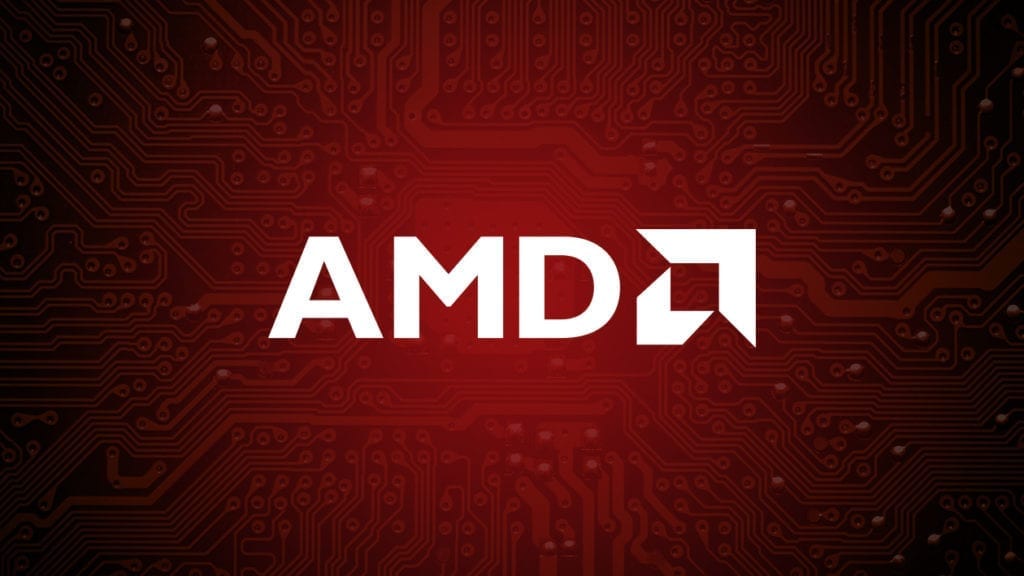Imagine playing one of the hottest new releases at 4K and 60fps with all ultra settings. You may expect that a high-end PC well over a $2,000 USD price point would be required to power such a dream, and you certainly would have been right until recently. Now you might be able to make that magic happen for well under that amount (if you can find the hardware). But what if that measure of performance was pretty much accessible to those on a budget? That may entirely be the case come 2022 when Zen 4 and RDNA 3-powered products arrive from AMD.
A recent interview on The Street featured Rick Bergman, the EVP of AMD’s Computing and Graphics Business Group, and talked about what’s next for the comeback tech company. Bergman spoke on a wide range of topics, but interestingly enough, he delivered a few hints on the performance advancements we can expect in the near future.
GPU goals
The interview discussed the new levels of efficiency introduced with RDNA 2, which saw roughly a 53% improvement over the original RDNA. It sounds like more of the same is in the works for RDNA 3. “So why did we target, pretty aggressively, performance-per-watt [improvements for] our RDNA 2 [GPUs]. And then yes, we have the same commitment on RDNA 3,” Bergman said.
The context of the quote is somewhat lacking, but here’s what you should understand. AMD focused on improving performance-per-watt for the RX 6000 Series to ensure it delivered affordability to consumers on both power usage and its drop-in readiness with existing power supplies. Nvidia’s RTX 3000 Series is still the overall king of graphics when it comes to both rasterization and ray tracing, but AMD comes up in a very close second place while being far less power demanding. With a continued focus on efficiency for RDNA 3, we look forward to another case of efficient, but powerful cards. The long-term savings on our power bills will be nice, too. Bergman really sends the point home with a final statement on architecture efficiency.

“It just matters so much in many ways, because if your power is too high — as we’ve seen from our competitors — suddenly our potential users have to buy bigger power supplies, very advanced cooling solutions. And in a lot of ways, very importantly, it actually drives the [bill of materials] of the board up substantially. This is a desktop perspective. And invariably, that either means the retail price comes up, or your GPU cost has to come down,” Bergman said.
Speaking beyond strictly architecture, Bergman provided some insight on potential node changes for RDNA 3.
“Nothing to disclose at this time,” he explained. “GPUs are increasingly complex, they’re very logic-based, so they do take advantage of the advanced process nodes. But CPUs love [them] for the reasons we were just talking about — for the IPC and the frequency [gains].”
Remember that last part for our discussion about CPUs. While you’re at it, take a glance at the Zen architecture roadmap below. You’ll notice that Zen 4 is scheduled for 5nm, so unless AMD runs into supply limitations or cost prohibitions with the 5nm node, there’s good reason to expect the same shift for RDNA 3. In a worst-case scenario, it could shift to the 7nm+ EUV process though, which would net higher clock speeds based upon the manufacturing process alone.

CPU goals
A similar measure of confidence from AMD appears to be the case for Zen 4.
“If you looked at our technical document on Zen 3, it was this long list of things that we did to get that 19% [IPC gain]. Zen 4 is going to have a similar long list of things, where you look at everything from the caches, to the branch prediction, [to] the number of gates in the execution pipeline,” Bergman said. “Everything is scrutinized to squeeze more performance out.”
Bergman gives the impression that while AMD has its work cut out for designing Zen 4, it does have a good idea of how it will overcome the challenges. Adding to this, the previous mention of implementing 5nm will allow Zen 4 to benefit from efficiency gains based on the manufacturing process alone. It’s also worth mentioning that AMD has plans to adopt DDR5 implementation sometime in 2021, so these memory-loving CPUs will have that benefit to boast as well.
Putting it all together
AMD is on a roll with innovation right now, particularly with its architecture and software for gaming hardware. Zen 3-based Ryzen 5000 CPUs and the soon-to-be-released RDNA 2-based Radeon RX 6000 GPUs have brought the company back to full competitiveness with Nvidia and Intel. In some cases it can even be argued that AMD is already winning. No matter what team you champion though, it’s exciting to note that the competition will demand equal innovation from all of the companies in the years ahead. That era of stagnation we experienced a few years back seems like all but a bad memory now. We all should be able to game like kings and queens by sometime in 2022.







Published: Nov 12, 2020 10:45 am